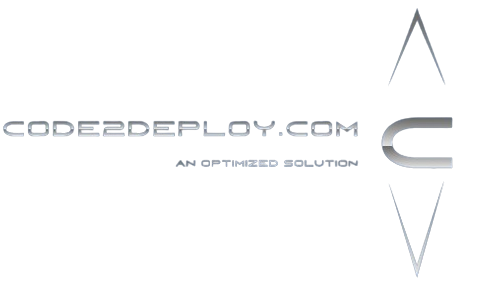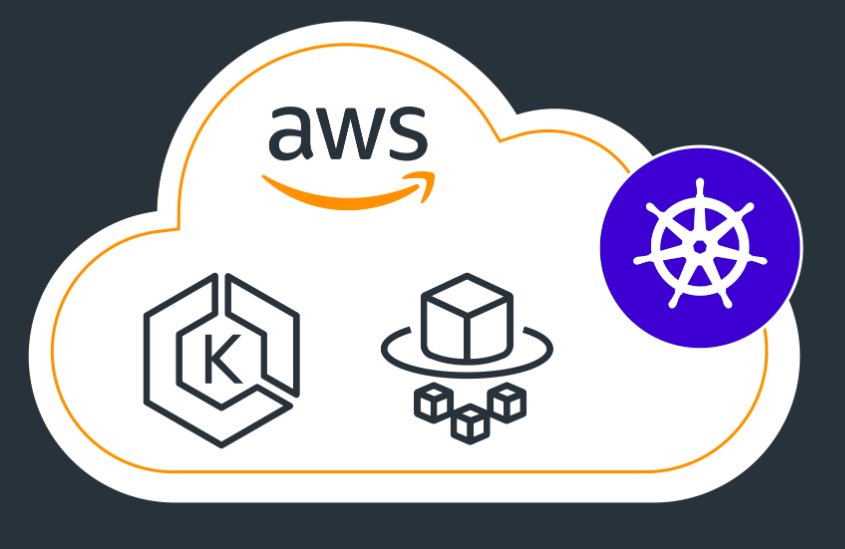Kubernetes (K8s) is an open-source container orchestration platform designed to automate the deployment, scaling, and management of containerized applications. Its workflow involves several key components and processes:
Certainly! Let’s dive deeper into each step of the Kubernetes deployment workflow:
- User Deployment:
- The user creates a Kubernetes manifest file, typically written in YAML or JSON format, to define the desired state of the application.
- The manifest includes specifications for various Kubernetes resources, such as Pods, Deployments, Services, ConfigMaps, Secrets, and PersistentVolumes.
- The user specifies details such as container images, resource requirements (CPU and memory), networking settings, environment variables, and volumes for data persistence.
- Manifest Submission:
- The user submits the manifest file to the Kubernetes API server, which is the primary management point for the Kubernetes cluster.
- This can be done using the
kubectl apply -f <manifest-file>command or through API calls to the Kubernetes API server. - The API server validates the manifest file and processes the submitted configuration details.
- Storage in etcd:
- The API server stores the configuration details provided in the manifest file into etcd, which is a distributed key-value store.
- Etcd serves as the source of truth for the Kubernetes cluster’s state and configuration data.
- Configuration changes, such as deployments, services, and updates to existing resources, are persisted in etcd to maintain consistency across the cluster.
- Controller Manager:
- The Controller Manager is a Kubernetes control plane component responsible for managing various controllers that regulate the state of the cluster’s resources.
- Controllers include the ReplicaSet controller, Deployment controller, StatefulSet controller, DaemonSet controller, and others.
- When a new deployment is submitted or updates are made to existing resources, the Controller Manager detects changes in the desired state and initiates reconciliation processes.
- The Controller Manager ensures that the actual state of the cluster matches the desired state specified in the manifests.
- Kubelet Action:
- The Kubelet is an agent that runs on each worker node in the Kubernetes cluster.
- It communicates with the API server and receives instructions from the Controller Manager to manage containers’ lifecycle on its node.
- Upon receiving instructions, the Kubelet interacts with the container runtime (e.g., Docker, containerd) to create, start, stop, or delete containers based on the desired state defined in the manifests.
- Kube Proxy:
- Kube Proxy is a network proxy that runs on each node in the Kubernetes cluster.
- It manages network connectivity and routing for pods within the cluster.
- Kube Proxy maintains network rules, such as iptables rules or IPVS rules, to enable pod-to-pod communication, load balancing, and service discovery.
- It ensures that incoming traffic is properly routed to the appropriate pods and that outgoing traffic from pods is appropriately handled.
By following these steps, Kubernetes automates the deployment and management of containerized applications, providing a scalable, resilient, and self-healing platform for modern application development and operations.

